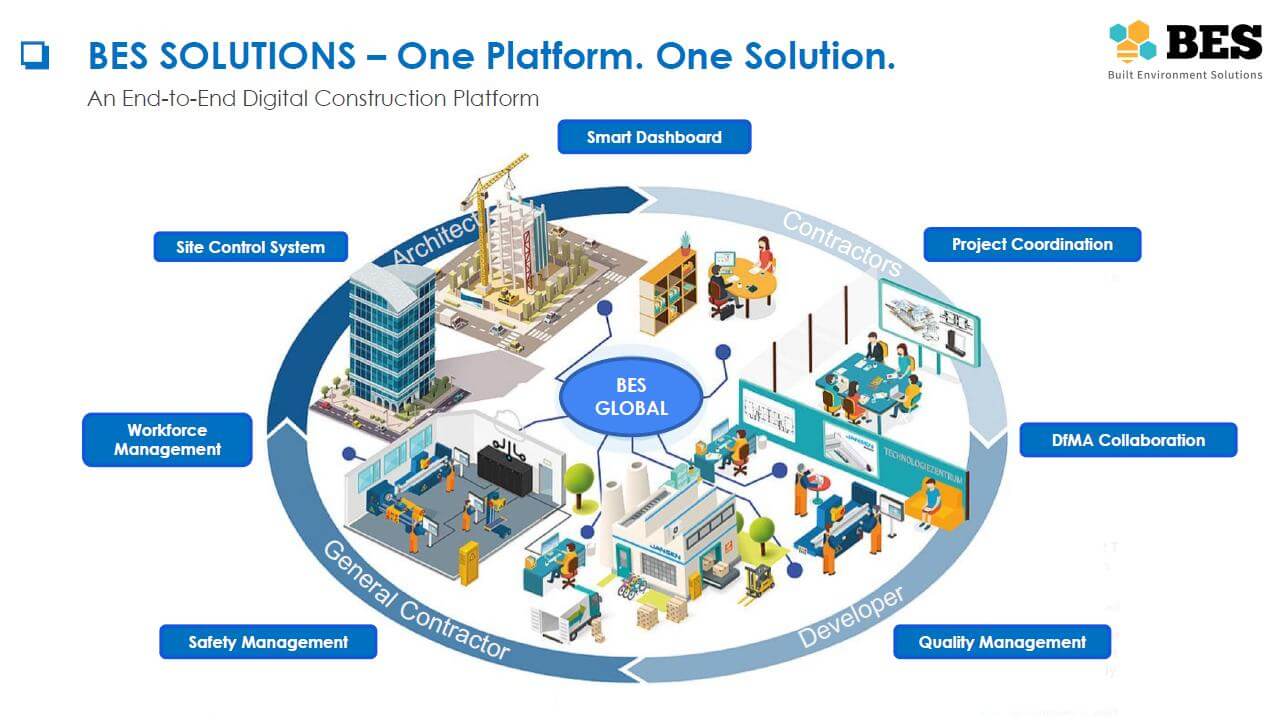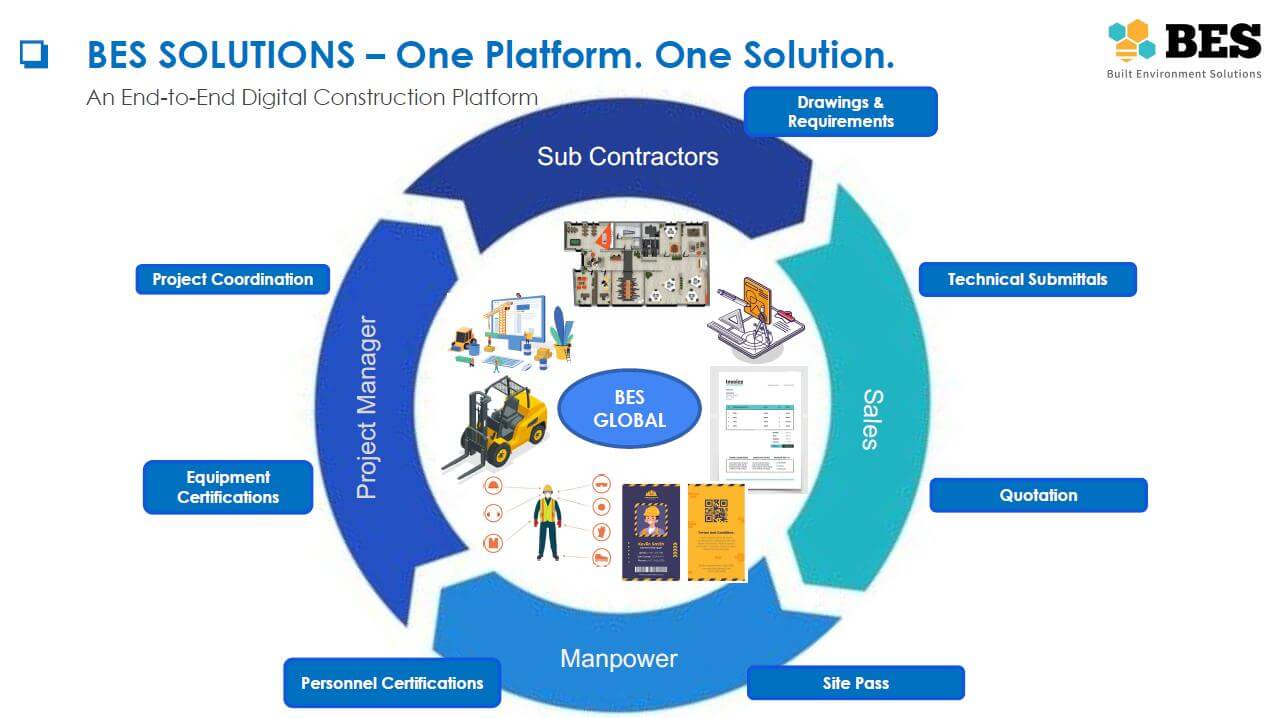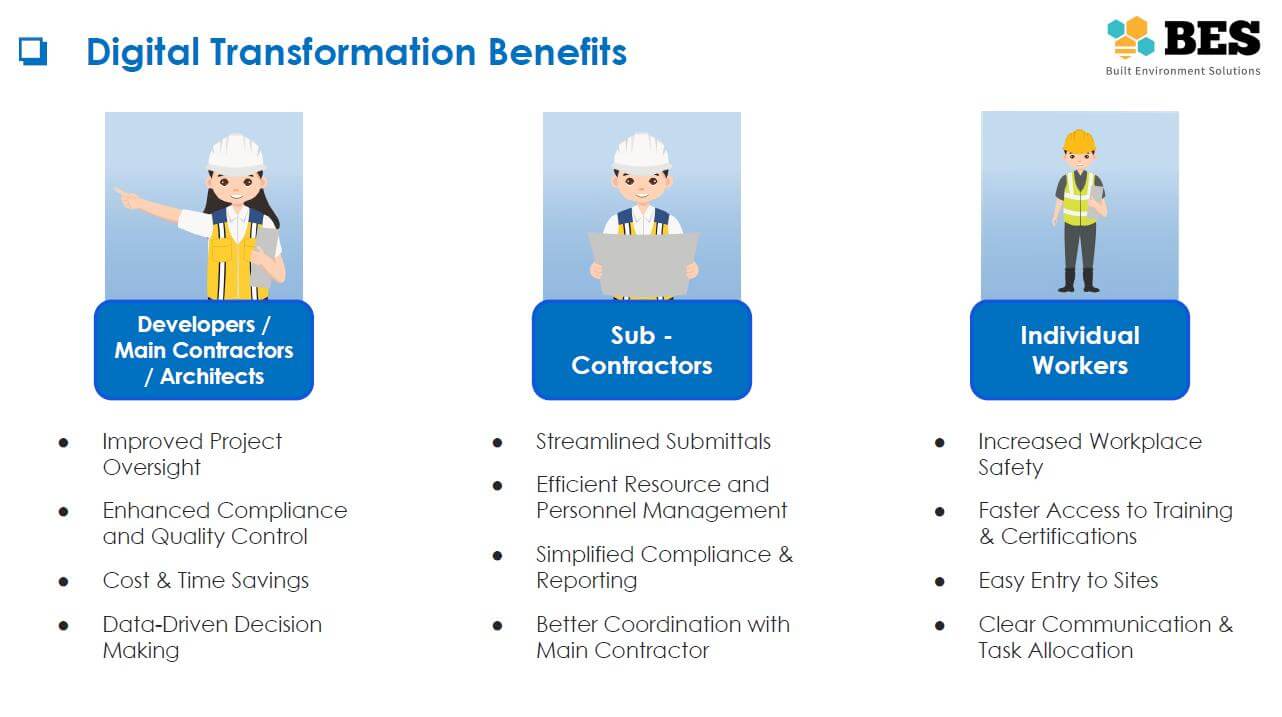
The construction industry in Singapore is at a critical juncture. With increasing project complexity, stricter safety regulations, and growing pressure to improve efficiency, digital transformation is no longer optional—it is essential. Yet, for this transformation to take hold across the industry, it must start at the top.
In Singapore, main contractors and developers are the queen bees of the construction ecosystem. Where they lead, the hive follows. The subcontractors, suppliers, and individual workers that form the broader construction workforce naturally adapt to the systems and processes set by those in charge. If main contractors and developers embrace digital construction tools, they will guide the entire industry toward a smarter, more efficient, and safer future.

Just as a beehive functions in harmony under the leadership of the queen, the construction industry operates as an interconnected network. Subcontractors, consultants, and workers do not operate in isolation; they follow the workflows established by the main contractor or developer overseeing the project.
However, many existing digital solutions are project-centric, requiring subcontractors to submit data via emails, WhatsApp, or WeChat, which the main contractor then uploads to a system. Once a project ends, this data is often lost, forcing subcontractors to repeat the process for every new project. This redundancy limits long-term digital adoption.
At BES, we take a company-centric approach to digital transformation, ensuring that each project participant—whether a general contractor or subcontractor—has a dedicated digital account to manage personnel, equipment, materials, and project data. When a subcontractor updates their account, all linked projects are automatically updated. Even after a project ends, both the main contractor and subcontractors retain their digital records for future use, eliminating redundant work and ensuring continuity.
When a main contractor implements digital tools for project management, site access control, workforce tracking, and EHS safety compliance, the entire network of stakeholders must interact with these systems. Over time, this results in industry-wide transformation. Key benefits include:
✔ Less paperwork – Digital records reduce the administrative burden of submittals and approvals.
✔ Faster approvals – Automated workflows streamline processes for certifications, permits, and manpower deployment.
✔ Improved safety – AI-powered monitoring and real-time alerts help prevent incidents.
✔ Greater efficiency – Centralized databases eliminate redundant data entry and tracking.

Singapore has over 100 A1 main contractors, more than 16,000 subcontractors, and more than 300,000 individuals working in the industry. If 100+ main contractors adopt digital construction practices, the impact extends far beyond their own projects. The 16,000+ SMEs in Singapore working with these contractors will have to integrate these tools into their operations to stay competitive. As SMEs adapt, over 300,000 individual workers will experience the benefits of digital transformation firsthand—faster processes, safer worksites, and more efficient workflows. This cascading effect ensures that digital adoption becomes the industry standard, not just a temporary trend.
To accelerate this shift, we encourage IMDA and BCA to implement financial incentives based on:
This strategy would enable both main contractors and subcontractors to benefit from digitalization incentives, leading to faster industry-wide adoption.

As more main contractors adopt digital tools, the entire industry moves in unison. Subcontractors that have adjusted to digital workflows find it easier to work across multiple projects, reducing transition time between jobs. Certifications and equipment records become portable and reusable, meaning approvals no longer have to be reprocessed from scratch for every new project.
This industry-wide standardization leads to significant long-term benefits:

Once the construction industry fully transitions to digital platforms, the next evolution will be data analytics and AI.
Machine learning will enable:
Main contractors and developers hold the power to reshape construction. Like the queen bee guiding the hive, their decision to adopt digital tools will influence how subcontractors, suppliers, and workers operate—not just for one project, but across the entire industry.
The benefits are clear: faster processes, safer worksites, and a more connected, efficient industry. The only question is, who will lead the hive into the future?